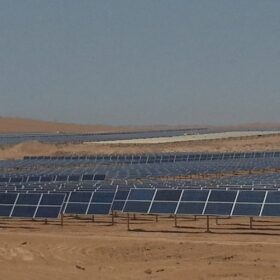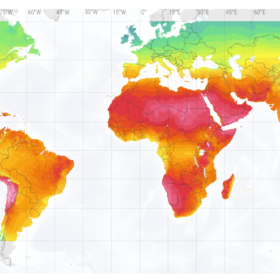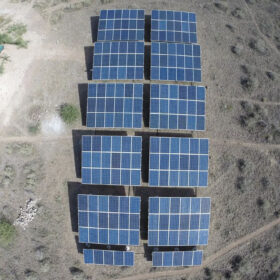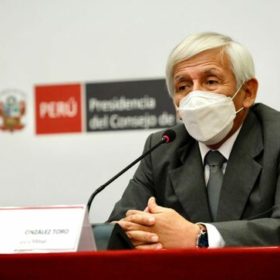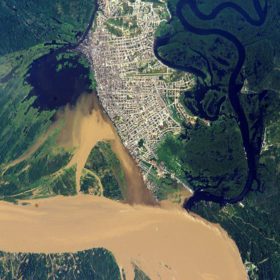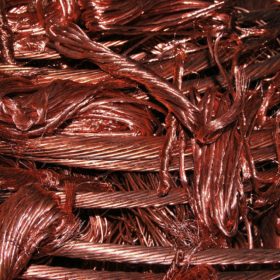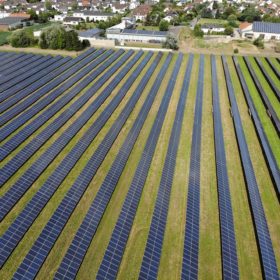Peru records 115.5 MW of new solar in H1
Peru’s Ministry of Energy and Mines (MINEM) says the country installed 115.5 MW of new solar capacity in the first half of 2024, bringing the nation’s total installed PV capacity to around 400 MW.
Solarpack closes financing on 300 MW of solar under PPA in Peru
Solarpack has closed financing for a 300 MW solar project in Peru, marking the country’s first solar farm to sell power through a bilateral power purchase agreement (PPA).
New study claims PV industry is neglecting overirradiance issues
Overirradiance conditions may affect the operating performance of photovoltaic plants, the stability of the electrical grid, and the efficiency of inverters. A research team has warned these effects are currently not being given proper consideration by the solar industry.
Building to last in the Global South
PV initiatives should be designed to last, as several well-meaning off-grid solar projects for the developing world have floundered over the years.
Peru wants to tender 2 GW of renewables this year
Through two different auctions, the Peruvian government expects to mobilize investments of around $2 billion.
EDF builds 100 MW/100 MWh solar-plus-storage project to power world’s largest remote city
The French energy giant will build the facility near Iquitos, the largest metropolis in the Peruvian Amazon.
IEA highlights solar’s dependence on Chinese copper processing
The sheer volume of new power lines which will be required to accommodate the rising tide of solar installations ensures copper has been included by the International Energy Agency on its list of minerals which must keep flowing if the energy transition is to stay on course. And it’s not production that’s the potential bottleneck.
Solar and wind together overhaul global hydro capacity
The latest set of clean energy statistics compiled by the International Renewable Energy Agency signal a changing of the guard when it comes to clean power, with legacy hydropower facilities overtaken by new intermittent renewables.
Solar costs have fallen 82% since 2010
The levelized cost of energy generated by large scale solar plants is around $0.068/kWh, compared to $0.378 ten years ago and the price fell 13.1% between 2018 and last year alone, according to figures released by the International Renewable Energy Agency.
Covid-19 daily bulletin: Solar developer donates more Chinese PPE
Grenergy was this week due to ship 400,000 face masks to Latin America as European developers today voiced a fear project finance will become increasingly difficult to find as the coronavirus lockdown continues.

